As one of the oldest and most historic cities in the United States, Philadelphia offers an incredible array of attractions for visitors. From museums and historic sites where America’s foundation was laid to vibrant neighborhoods boasting unique art, culture, food and events, the City of Brotherly Love dazzles.
| Attraction | Summary |
|---|---|
| Independence Hall | Historic site of the Declaration of Independence. |
| Philadelphia Museum of Art | Iconic museum known for its “Rocky steps” and art collections. |
| Reading Terminal Market | America’s oldest continuously operating farmers’ market. |
| Philadelphia Zoo | America’s first zoo, focusing on wildlife conservation. |
| Rittenhouse Square | Public park in downtown Philadelphia with historic significance. |
| Mutter Museum | Museum of medical history with a collection of medical oddities. |
| Magic Gardens | Mosaic art garden created by Isaiah Zagar. |
| Eastern State Penitentiary | Historic, once operational prison offering tours. |
| Italian Market | Vibrant open-air market known for Italian foods. |
| Citizens Bank Park | Home of the Philadelphia Phillies baseball team. |
Choosing just 12 top attractions out of Philly’s immense selection can be tough, but these destinations guaranteed to provide the best of Philly.
Independence Hall

Name and Location: Independence Hall
History and Significance: Independence Hall is located in the Old City neighborhood of Philadelphia. It was originally completed in 1753 as the Pennsylvania State House, the meeting place for the Pennsylvania Provincial Assembly. It is most famous for being the site where both the Declaration of Independence and the U.S. Constitution were signed.
What to Expect: Visitors can take a guided tour that discusses the events that occurred in the building related to the founding of the country. The Assembly Room, original inkwells and chairs are some of the historic items that can be seen.
Visitor Information: Timed tickets should be booked in advance online. No bags or food are allowed inside. Guided tours last about 30 minutes.
No trip to Philly is complete without visiting Independence Hall, where the Founding Fathers signed the Declaration of Independence in 1776 and later convened to write the U.S. Constitution. The symmetry of the building is a marvel, with stately pillars and architectural elegance greeting visitors to see the legendary Assembly Room and hear powerful stories from 18th-century guides that bring the past to life. Make sure to snap a selfie with the Liberty Bell next door and read the incredibly impactful words inscribed upon it.
Philadelphia Museum of Art
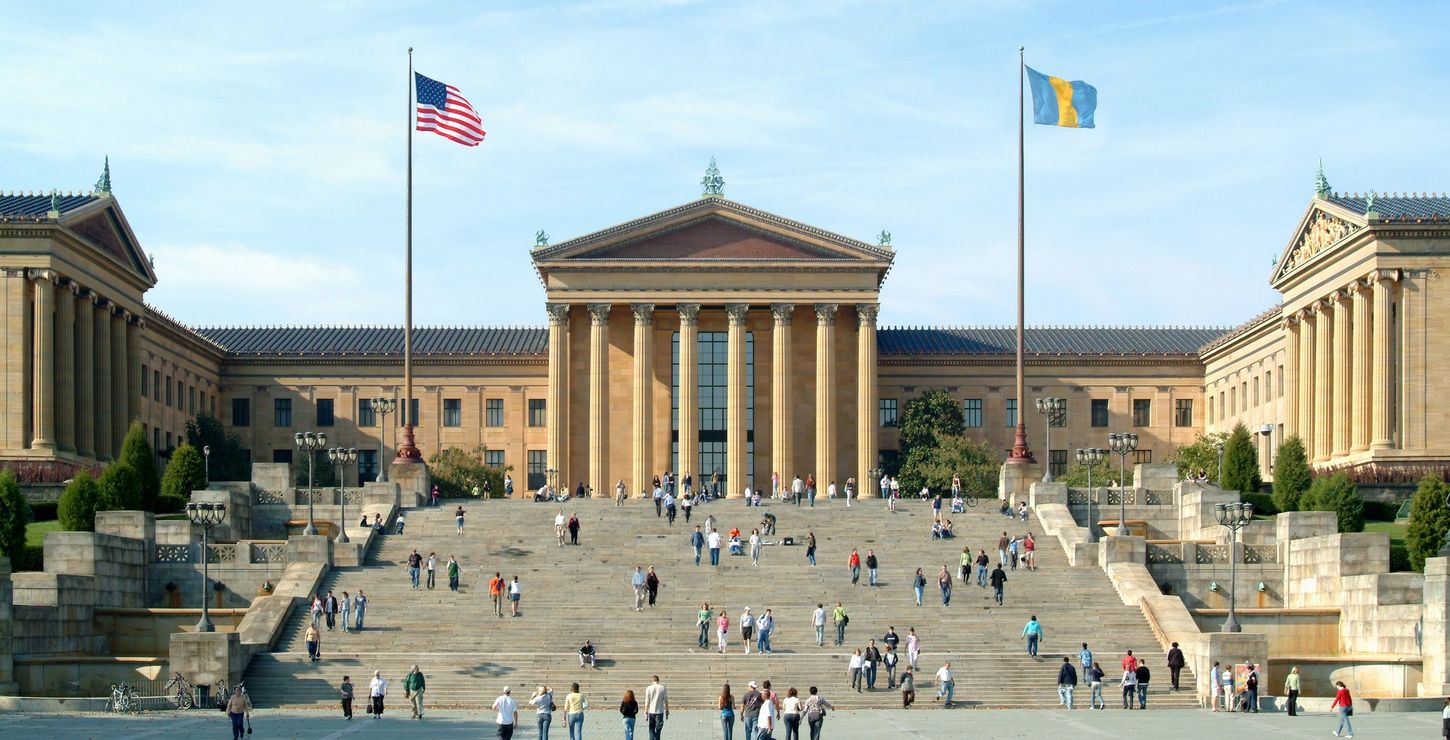
Name and Location: Philadelphia Museum of Art
History and Significance: The Philadelphia Museum of Art was established in 1876 for the Centennial Exposition. Its current Greek revival building was completed in 1928. The museum’s collection encompasses over 240,000 objects highlighting art and culture from around the world.
What to Expect: Visitors can admire European and American paintings, armor and arms, costume and textiles, Asian artworks, contemporary pieces and much more. The museum also hosts popular temporary exhibitions.
Visitor Information: Admission tickets can be purchased online. Bags must be checked upon entry. Wheelchairs are available to rent. Food is allowed only in designated areas.
The iconic “Rocky steps” leap into pop culture fame thanks to Sylvester Stallone’s fictional boxer training by racing up the Philadelphia Museum of Art’s imposing staircase. But beyond the legendary movie moment, the museum houses an astonishing collection of art spanning across centuries and continents. Wander Monet’s dreamy water lily ponds, Van Gogh’s vibrant landscapes, Renaissance sculptures, Asian ceramics, and cutting-edge contemporary installations. Don’t miss outdoor art including the glorious Rodin Museum and its Auguste Rodin sculptures just a short stroll away.
Reading Terminal Market
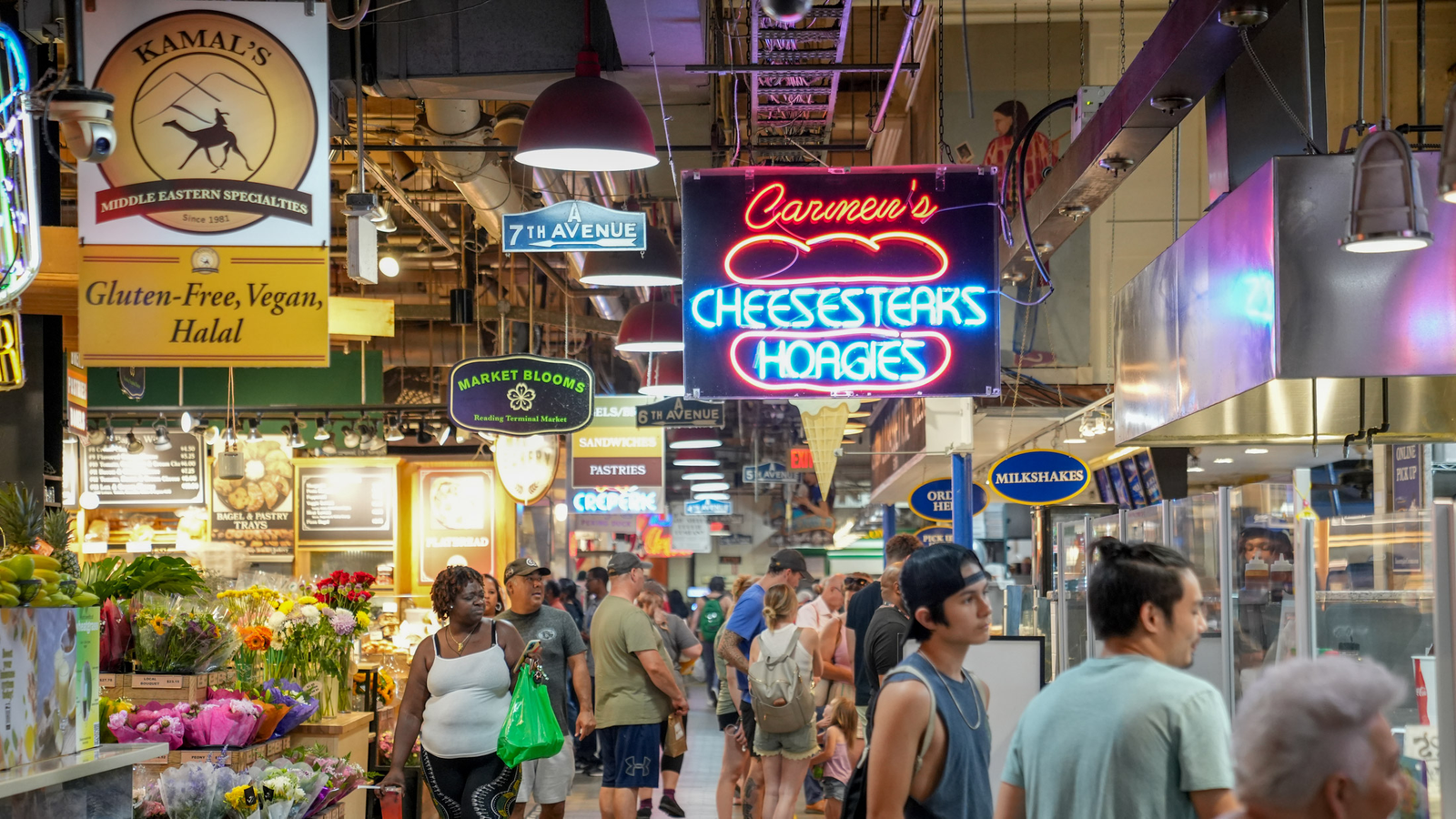
Name and Location: Reading Terminal Market
History and Significance: Reading Terminal Market opened in 1893, taking the place of the Reading Railroad Company’s train shed after rail lines were elevated above street level. The farmer’s market continues to be one of America’s largest and oldest public markets. Over 65 merchants offer fresh produce, meats, flowers, baked goods, dairy, prepared foods, toys, cookware and more.
What to Expect: This food lover’s paradise allows visitors to taste everything from Amish specialties to vegetarian and international cuisines. Eating areas provide for customers to enjoy meals prepared by vendors. Live music and children’s programs also take place at the market.
Visitor Information: The market is open Monday through Saturday, with some exceptions on major holidays. No admission fee is charged. Cash is accepted though some merchants allow credit cards. Most vendors can accommodate special diets.
As America’s oldest continuously operating farmers’ market inhabiting its original home since 1892, Reading Terminal Market gives visitors a delicious taste of Philly. The smells of sizzling cheesesteaks, Amish baked goods, fresh seafood, and exotic spices fuse into an irresistible aroma inside the converted train station. Listen to live piano music while snacking on fudge from the Chocolate Factory, loading up on seasonal fruit, or sampling award-winning Famous 4th Street Cookies. With over 80 vendors located under one Victorian-era roof, Reading Market Terminal satisfied every craving.
Philadelphia Zoo
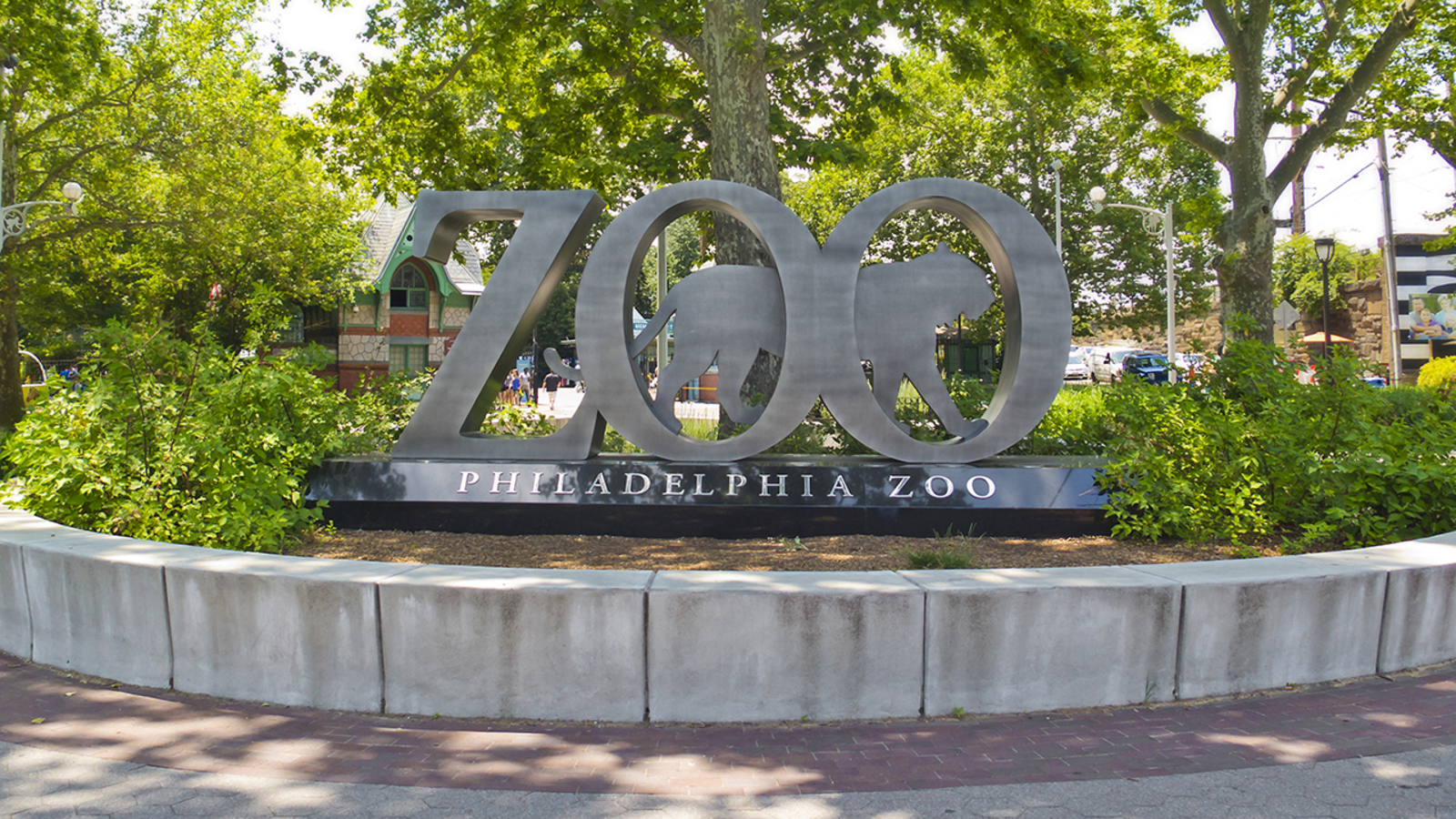
Name and Location: Philadelphia Zoo
History and Significance: The first zoo in the U.S., Philadelphia Zoo opened its Victorian gates in 1874. Home to over 1,300 rare and exotic animals, the 42-acre campus has been designated as a National Historic Landmark. The zoo supports global conservation efforts for endangered species through its breeding programs and education initiatives.
What to Expect: Visitors can view big cats, small mammals, birds of prey, reptiles, primates, bears and more that live in naturalistic habitats meant to resemble their native lands. Feedings, demonstrations and keeper talks occur daily. Special experiences allow kids and adults to feed giraffes or ride camels.
Visitor Information: Zoo tickets with access times should be reserved online in advance. Parking fees apply. Packages are available that include meals, tours, animal encounters and parking. Stroller and wheelchair rentals are available within the park.
Founded in 1874, America’s first zoo ignites visitors’ sense of wonder and adventure with an outstanding 42-acre campus dedicated to wildlife conservation, education and science. Observe orangutans swinging overhead through the lush Treehouse, laugh at the antics of prairie dogs popping out of burrows, and stare in awe at the regal lions lounging through the glass. Unique experiences like overnight camps, endangered species tours, and camel rides connect people more deeply with animals while riding the zoo’s kid-favorite train through picturesque landscapes filled with happy creatures.
Rittenhouse Square
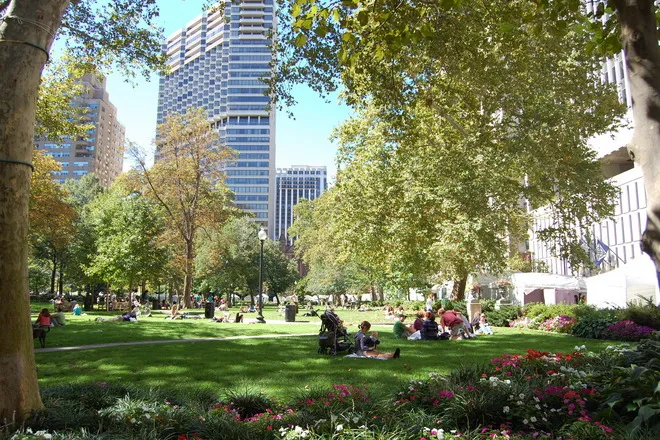
Name and Location: Rittenhouse Square
History and Significance: Rittenhouse Square is one of William Penn’s original five planned open spaces in central Philadelphia. Established in the late 17th century, the park is encircled by high-end retailers, luxury hotels, apartments and restaurants. The green space is named after David Rittenhouse, a prominent resident in the 18th century.
What to Expect: Visitors will find tree-shaded walkways, Victorian fountains, stone monuments, sculptures, seasonal plantings and park benches around the central oval grassy area. Lunchtime summer concerts, movie nights and holiday events occur periodically.
Visitor Information: The park is open daily from 6 AM to 9 PM. No admission fees. Certain events may require tickets. Numerous parking garages are located nearby. Food trucks often park close to park entrances.
Dating back to 1682 when Philly founder William Penn plotted public parks into his city grid, Rittenhouse Square cheers up downtown among towering skyscrapers. Stroll along the central oval pathway past fragrant roses and massive American beech trees while kids splash in the fountain. Relax on benches watching chess players and families focused intensely on games. Catch up with friends at an outdoor café, hear excellent buskers playing jazz tunes, and observe brides posing for wedding photos by the iconic lion statues. The beautiful Rittenhouse Square thrives with city life.
Mutter Museum
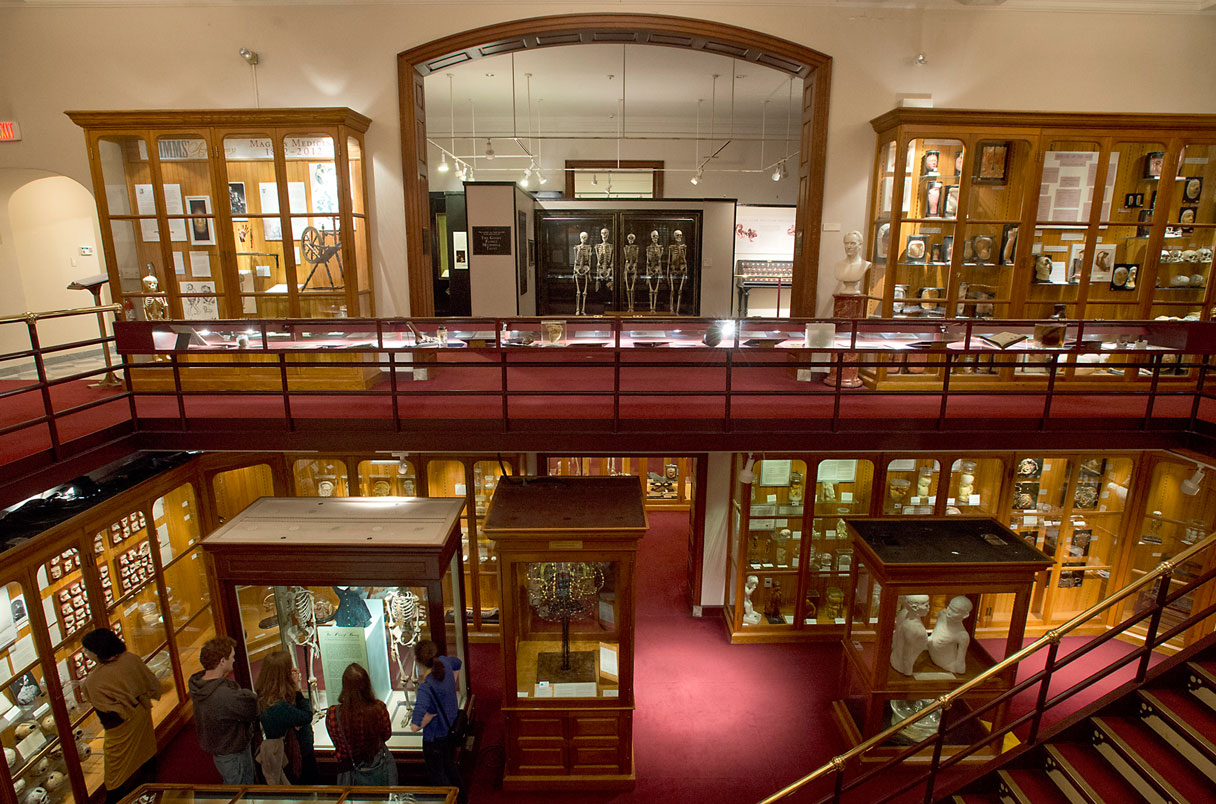
Name and Location: Mutter Museum
History and Significance: Founded in 1858, Mutter Museum is located in Center City Philadelphia. Originally created as a donation from Dr. Thomas Mutter for medical research and education, today it has an extensive collection of anatomical specimens, models, medical tools and historic photographs. The museum provides an unfiltered view into medical history.
What to Expect: Visitors will find a vast array of well-preserved specimens related to anatomy, surgery, genetic abnormalities, forensic medicine and pathology. Popular displays include a cancerous growth, conjoined twins specimen and a wax model once used for medical instruction.
Visitor Information: Timed tickets are strongly recommended. Weekdays tend to be less crowded. Bags and photography are permitted. Some content may be disturbing so parental guidance is advised. Audio guides provide additional details.
Specimens in jars may not seem intriguing, but the unique Mutter Museum collects medical oddities captivating to the most curious minds. As home to the nation’s largest collection of anatomical specimens, the museum offers an unusual glimpse into medical advancement and history’s deadliest diseases. Wander wide-eyed among conjoined twins, skulls revealing tumor removal techniques, Grover Cleveland’s infamous tumor preserved in wax, the “Soap Lady” who turned into a morbid statue, and much more that feels spooky yet scientifically compelling. Leave with gratitude for modern healthcare and medical mysteries to contemplate.
Magic Gardens
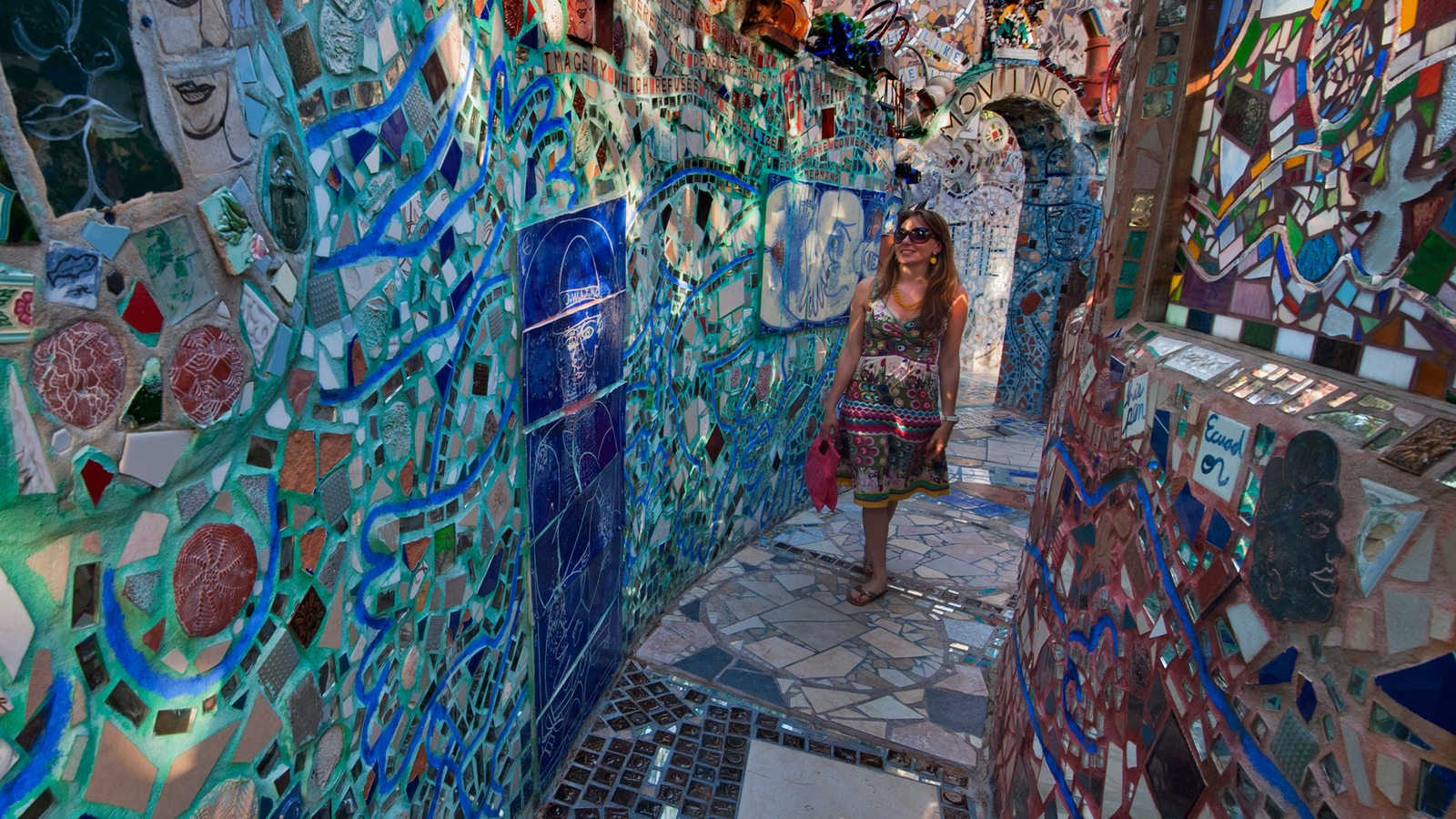
Name and Location: Magic Gardens
History and Significance: Philadelphia’s Magic Gardens is a colorful mosaic art gallery and nonprofit organization founded by Isaiah Zagar in the mid-1990s. Located on Philadelphia’s famous South Street, the space includes Zagar’s studio, gallery and a giant outdoor art installation made from folk art statues, found objects, bicycle wheels, glass bottles, handmade tiles and mirrors.
What to Expect: Visitors will find over 3000 square feet of creative spaces covered with mosaics created from tiles, bottles, bicycle wheels and mirrors. The interior galleries feature visionary works by Zagar as well as visiting outsider and folk artists. Events and hands-on art-making activities occur periodically.
Visitor Information: Tickets can be purchased online or on-site. Group tours need advanced reservations. Photos are permitted in some designated areas for personal use. The gift shop sells original artworks, jewelry, ceramics and books.
Mosaic art transforms dilapidated buildings into a magical oasis spanning three city lots at the Magic Gardens on South Street. Creator Isaiah Zagar spent 14 years gluing Altoids tins, bike wheels, glass bottles, tiles, and more found “trash” into whimsical shapes, poetic words, bold abstract designs, and stunning mirror installations across every surface. Visitors stroll down narrow paths peering at underwater wonderlands swimming with mythical creatures and glimmering treasures. Around each corner hides another visual delight among thousands of unique pieces reflecting light. Magic Gardens stands not just as art but as inspiration for transforming spaces with beauty and community.
Eastern State Penitentiary
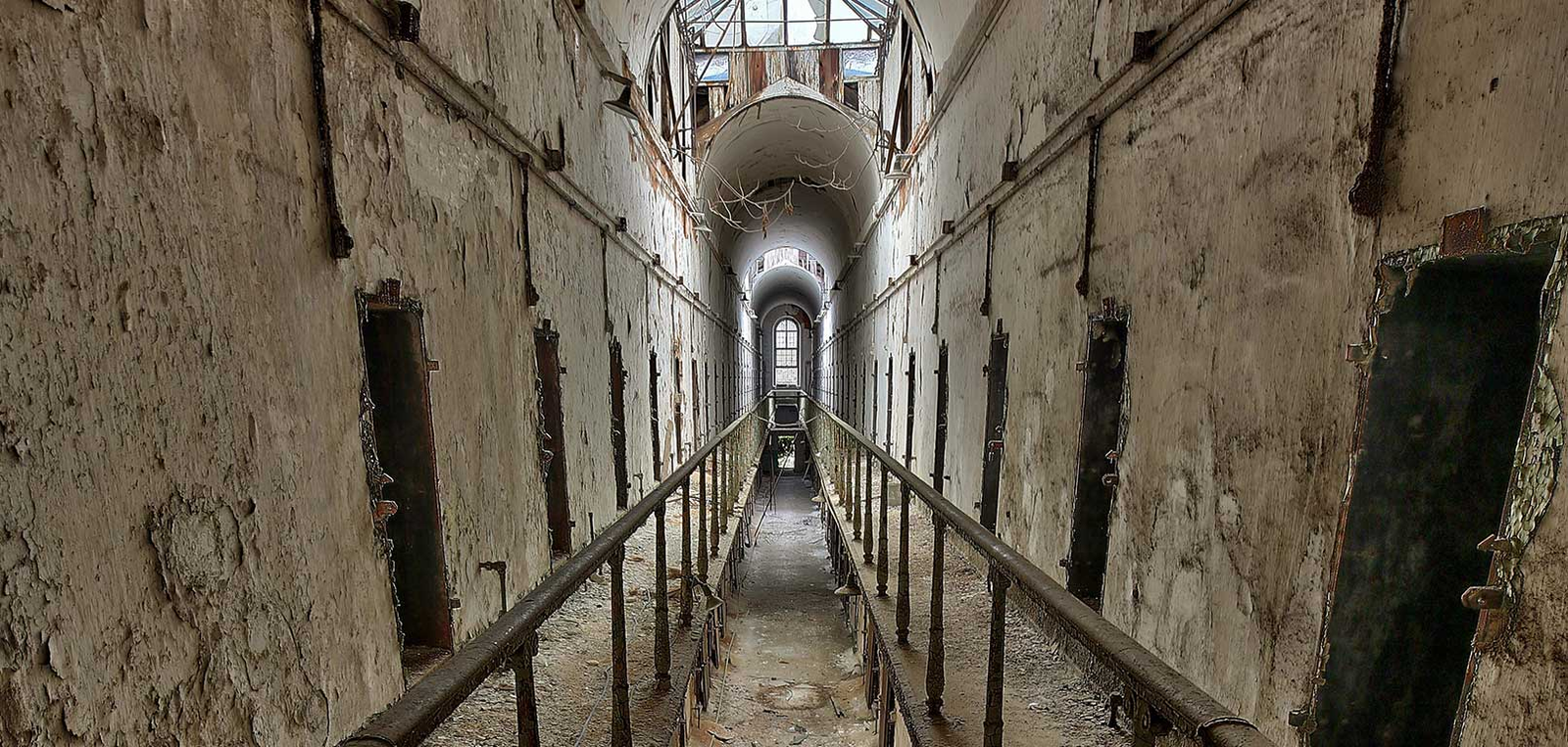
Name and Location: Eastern State Penitentiary
History and Significance: Eastern State Penitentiary, located just outside downtown Philadelphia, was considered one of the earliest modern prisons and then later one of the most expensive failures in the U.S. correctional system. First opened in 1829, its wagon wheel design and imposing Gothic architecture were meant to encourage penitence and self-reflection in inmates held in solitary confinement. After 142 years it closed due to overcrowding and disrepair.
What to Expect: Daytime self-guided tours allow visitors to imagine life imprisoned at Eastern State, including viewing Al Capone’s restored cell. Night tours around Halloween feature theatrical frights and elaborate decorations. Exhibits explore issues within the American prison system. Various events happen year-round.
Visitor Information: Tickets with timed entry are strongly recommended. Photography is allowed for personal use. Leashed pets permitted. Food and drinks are available at on-site cafe. Not suitable for young children due to mature themes.
If exploring one of America’s most haunted abandoned prisons sounds intriguing, Eastern State Penitentiary chilled ruins beckon from Fairmount Avenue, now a National Historic Landmark that fascinates locals and tourists. Its vaulted Gothic architecture once specialized in solitary confinement to inspire penitent inmates’ reform, revolutionary at the time but controversial and shut down in 1971. Take the “Terror Behind the Walls” night tour for heart-pounding encounters with unsettled spirits lingering within crumbling cell blocks, or admire sunlight streaming into decayed corridors with tall arched windows during daytime visits. Either way, the ominous yet architecturally impressive Eastern State Penitentiary constitutes must-see Philly.
Philadelphia’s Magic Gardens
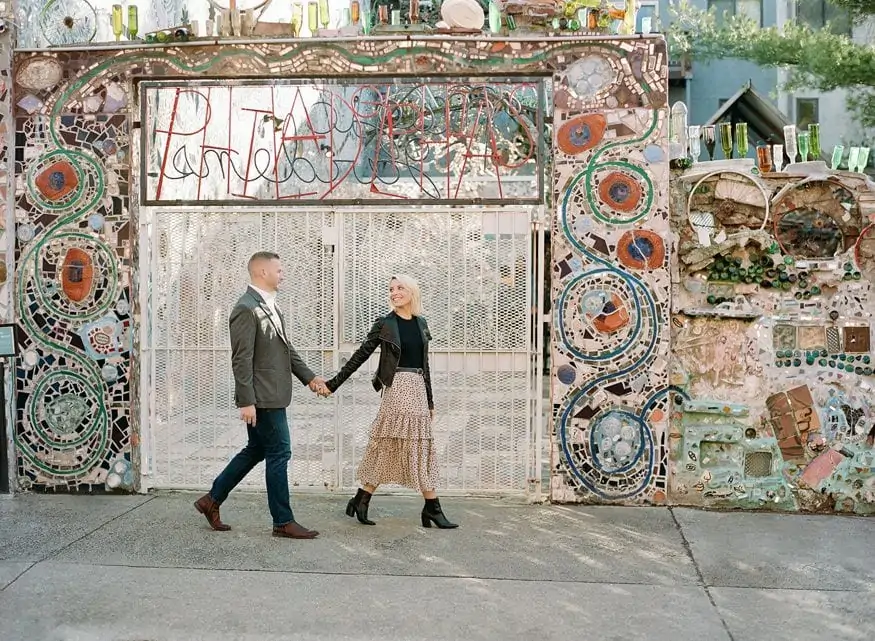
Name and Location: Philadelphia’s Magic Gardens
History and Significance: Philadelphia’s Magic Gardens is a colorful mosaic art gallery and nonprofit organization founded by Isaiah Zagar in the mid-1990s. Located on Philadelphia’s famous South Street, the space includes Zagar’s studio, gallery and a giant outdoor art installation made from folk art statues, found objects, bicycle wheels, glass bottles, handmade tiles and mirrors.
What to Expect: Visitors will find over 3000 square feet of creative spaces covered with mosaics created from tiles, bottles, bicycle wheels and mirrors. The interior galleries feature visionary works by Zagar as well as visiting outsider and folk artists. Events and hands-on art-making activities occur periodically.
Visitor Information: Tickets can be purchased online or on-site. Group tours need advanced reservations. Photos are permitted in some designated areas for personal use. The gift shop sells original artworks, jewelry, ceramics and books.
Mosaic art transforms dilapidated buildings into a magical oasis spanning three city lots at the Magic Gardens on South Street. Creator Isaiah Zagar spent 14 years gluing Altoids tins, bike wheels, glass bottles, tiles, and more found “trash” into whimsical shapes, poetic words, bold abstract designs, and stunning mirror installations across every surface. Visitors stroll down narrow paths peering at underwater wonderlands swimming with mythical creatures and glimmering treasures. Around each corner hides another visual delight among thousands of unique pieces reflecting light. Magic Gardens stands not just as art but as inspiration for transforming spaces with beauty and community.
Reading Terminal Market
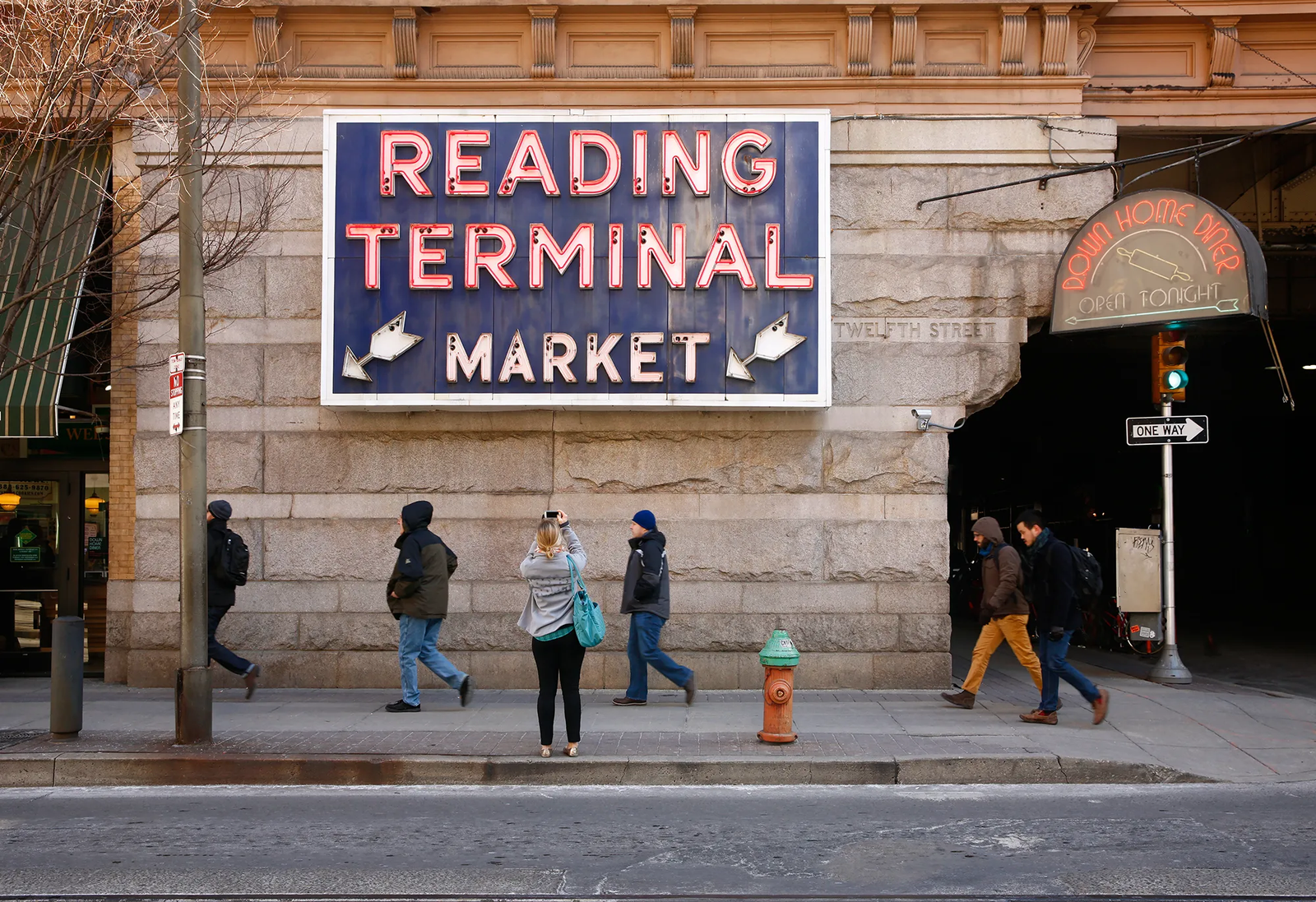
Name and Location: Reading Terminal Market
History and Significance: Reading Terminal Market opened in 1893, taking the place of the Reading Railroad Company’s train shed after rail lines were elevated above street level. The farmer’s market continues to be one of America’s largest and oldest public markets. Over 65 merchants offer fresh produce, meats, flowers, baked goods, dairy, prepared foods, toys, cookware and more.
What to Expect: This food lover’s paradise allows visitors to taste everything from Amish specialties to vegetarian and international cuisines. Eating areas provide for customers to enjoy meals prepared by vendors. Live music and children’s programs also take place at the market.
Visitor Information: The market is open Monday through Saturday, with some exceptions on major holidays. No admission fee is charged. Cash is accepted though some merchants allow credit cards. Most vendors can accommodate special diets.
As America’s oldest continuously operating farmers market inhabiting its original home since 1892, Reading Terminal Market gives visitors a delicious taste of Philly. The smells of sizzling cheesesteaks, Amish baked goods, fresh seafood, and exotic spices fuse into an irresistible aroma inside the converted train station. Listen to live piano music while snacking on fudge from the Chocolate Factory, loading up on seasonal fruit, or sampling award-winning Famous 4th Street Cookies. With over 80 vendors located under one Victorian-era roof, Reading Market Terminal satisfied every craving.
Philadelphia Museum of Art

Name and Location: Philadelphia Museum of Art
History and Significance: The Philadelphia Museum of Art was established in 1876 for the Centennial Exposition. Its current Greek revival building was completed in 1928. The museum’s collection encompasses over 240,000 objects highlighting art and culture from around the world.
What to Expect: Visitors can admire European and American paintings, armor and arms, costume and textiles, Asian artworks, contemporary pieces and much more. The museum also hosts popular temporary exhibitions.
Visitor Information: Admission tickets can be purchased online. Bags must be checked upon entry. Wheelchairs are available to rent. Food is allowed only in designated areas.
The iconic “Rocky steps” leap into pop culture fame thanks to Sylvester Stallone’s fictional boxer training by racing up the Philadelphia Museum of Art’s imposing staircase. But beyond the legendary movie moment, the museum houses an astonishing collection of art spanning across centuries and continents. Wander Monet’s dreamy water lily ponds, Van Gogh’s vibrant landscapes, Renaissance sculptures, Asian ceramics, and cutting-edge contemporary installations. Don’t miss outdoor art including the glorious Rodin Museum and its Auguste Rodin sculptures just a short stroll away.
Independence Hall
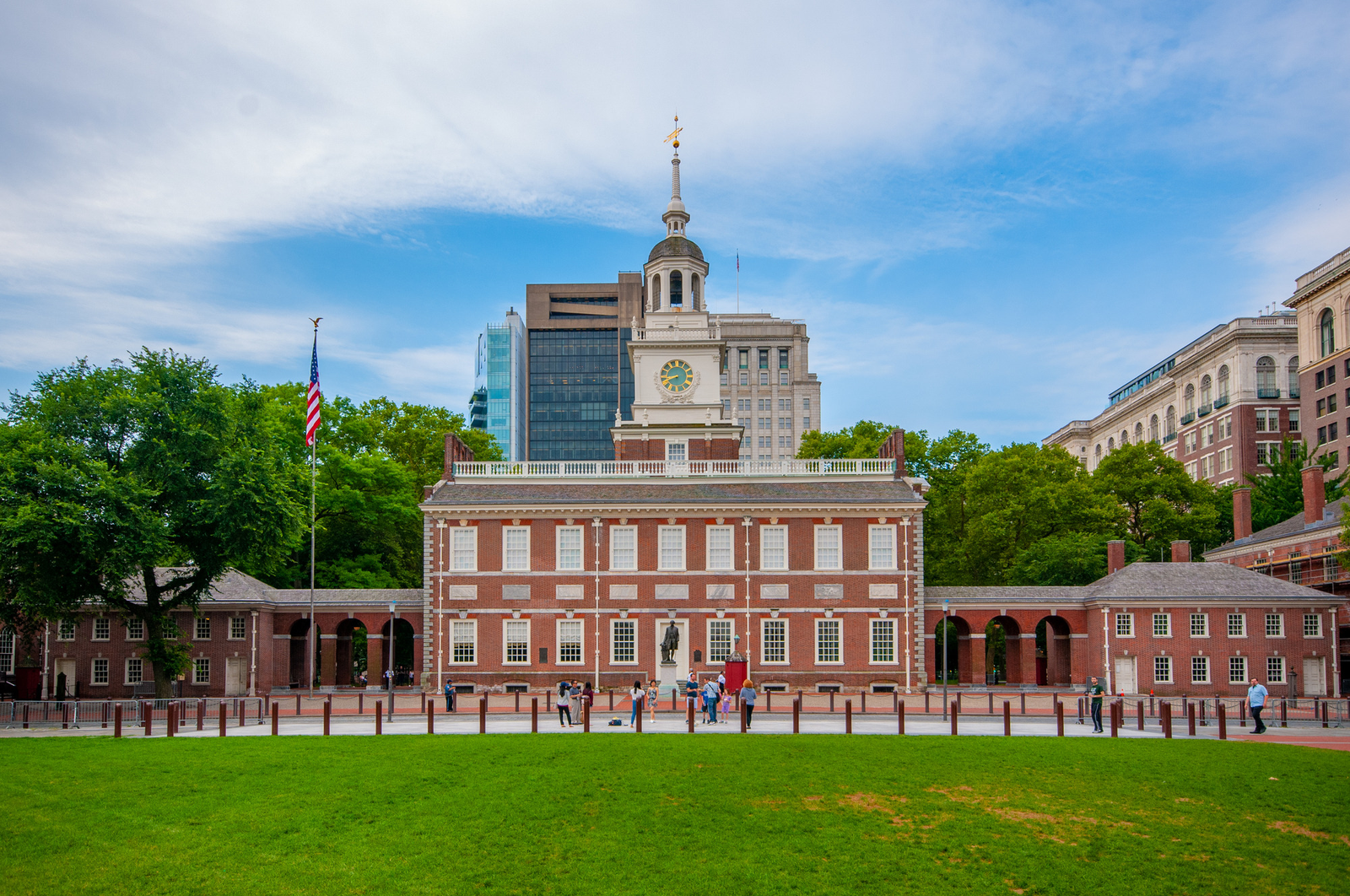
Name and Location: Independence Hall
History and Significance: Independence Hall is located in the Old City neighborhood of Philadelphia. It was originally completed in 1753 as the Pennsylvania State House, the meeting place for the Pennsylvania Provincial Assembly. It is most famous for being the site where both the Declaration of Independence and the U.S. Constitution were signed.
What to Expect: Visitors can take a guided tour that discusses the events that occurred in the building related to the founding of the country. The Assembly Room, original inkwells and chairs are some of the historic items that can be seen.
Visitor Information: Timed tickets should be booked in advance online. No bags or food are allowed inside. Guided tours last about 30 minutes.
No trip to Philly is complete without visiting Independence Hall, where the Founding Fathers signed the Declaration of Independence in 1776 and later convened to write the U.S. Constitution. The symmetry of the building is a marvel, with stately pillars and architectural elegance greeting visitors to see the legendary Assembly Room and hear powerful stories from 18th-century guides that bring the past to life. Make sure to snap a selfie with the Liberty Bell next door and read the incredibly impactful words inscribed upon it.
Philadelphia Zoo
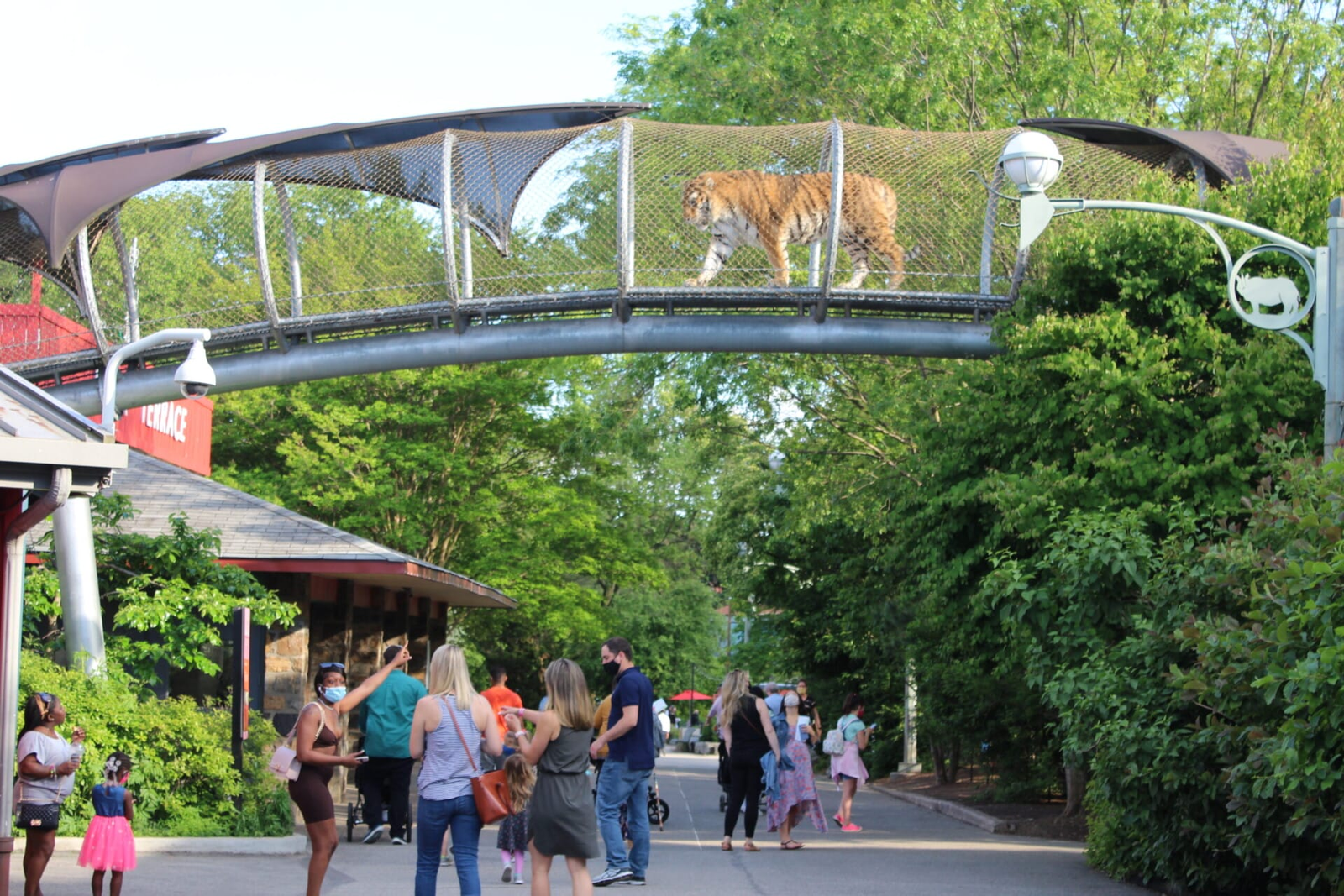
Name and Location: Philadelphia Zoo
History and Significance: The first zoo in the U.S., Philadelphia Zoo opened its Victorian gates in 1874. Home to over 1,300 rare and exotic animals, the 42-acre campus has been designated as a National Historic Landmark. The zoo supports global conservation efforts for endangered species through its breeding programs and education initiatives.
What to Expect: Visitors can view big cats, small mammals, birds of prey, reptiles, primates, bears and more that live in naturalistic habitats meant to resemble their native lands. Feedings, demonstrations and keeper talks occur daily. Special experiences allow kids and adults to feed giraffes or ride camels.
Visitor Information: Zoo tickets with access times should be reserved online in advance. Parking fees apply. Packages are available that include meals, tours, animal encounters and parking. Stroller and wheelchair rentals are available within the park.
Founded in 1874, America’s first zoo ignites visitors’ sense of wonder and adventure with an outstanding 42-acre campus dedicated to wildlife conservation, education and science. Observe orangutans swinging overhead through the lush Treehouse, laugh at the antics of prairie dogs popping out of burrows, and stare in awe at the regal lions lounging through the glass. Unique experiences like overnight camps, endangered species tours, and camel rides connect people more deeply with animals while riding the zoo’s kid-favorite train through picturesque landscapes filled with happy creatures.
Italian Market

Name and Location: Italian Market
History and Significance: The Italian Market, spanning South 9th Street in South Philadelphia, is the country’s oldest continually operating outdoor market. Dating back over a century, the loud and vibrant area continues traditions first started by Italian immigrants who set up shops and sold fresh produce. Over 100 colorful vendors hawk specialty meats, seafood, spices, fresh pasta, desserts, cooking tools and more.
What to Expect: Visitors will be immersed in sights, sounds, smells and tastes that celebrate Italian-American culture and cuisine. Shops featuring olive oils, aged balsamic vinegars, imported dry goods and freshly made mozzarella overflow onto the sidewalks. The market area also has many restaurants and cafes.
Visitor Information: The market operates Tuesday through Saturday from around 8 AM to 5 PM, but hours vary by merchant. Plenty of street parking is available. Cash is recommended for purchases as some vendors do not accept credit.
The aroma of fresh pasta, pungent cheeses, and sizzling meats fills the air of the Italian Market, which has served South Philly since the 1880s when Italian immigrants first called it home. This vibrant open-air market stretching along South 9th Street overflows with seasonal produce, homemade gelato, handcrafted toys, and red gravy simmering for hours. Chat with shop owners dishing out samples of olives, wisps of grana padano, and crackly bread. Don’t leave without sampling regional specialties like broccoli rabe and sweet Italian sausage sandwiched together at family-run shops passed down for generations while opera music plays.
Citizens Bank Park
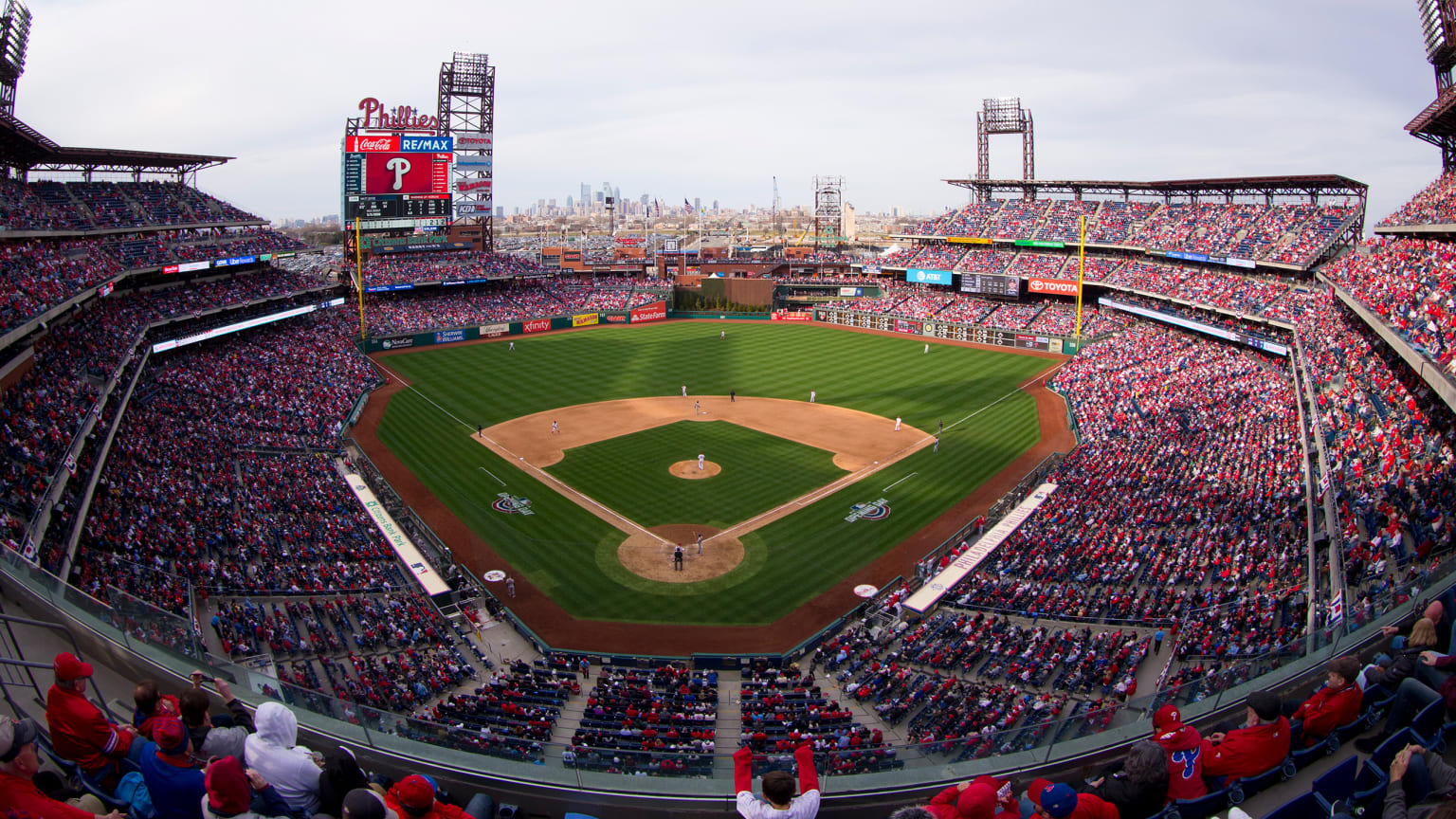
Name and Location: Citizens Bank Park
History and Significance: Citizens Bank Park has been the home field of the Philadelphia Phillies since 2004. One of Major League’s Baseball’s most praised ballparks, its design incorporates the city’s history through architectural details and monuments honoring past Phillies stars. With a passionate fan base, the stadium has hosted playoff games and the 2009 World Series.
What to Expect: Behind-the-scenes tours show off the Phillies’ clubhouse and press box while allowing visitors to walk on the warning track. Fans can participate in hitting and pitching clinics on the field during select off days. The park’s concessions offer signature Philly dishes alongside traditional ball game fare.
Visitor Information: Ballgame tickets can be purchased on the Phillies website or box office. Prices vary based on seat location, opponent and day of the week. Public transit and parking passes should be secured in advance due to high demand during events.
Philly passion for sports reigns at Citizens Bank Park watching the beloved Phillies smash home runs out over the outfield. The open-air stadium designed with exposed steel provides excellent sightlines for 40,000 roaring fans enjoying the NL East contenders. Bonding over the timeless tradition of peanuts, Cracker Jacks, and shouting encouragement at batters never gets old. Clear nights reveal the ballpark’s most stunning feature – a mini Statue of Liberty replica standing tall behind center field representing the hometown pride.
Eastern State Penitentiary
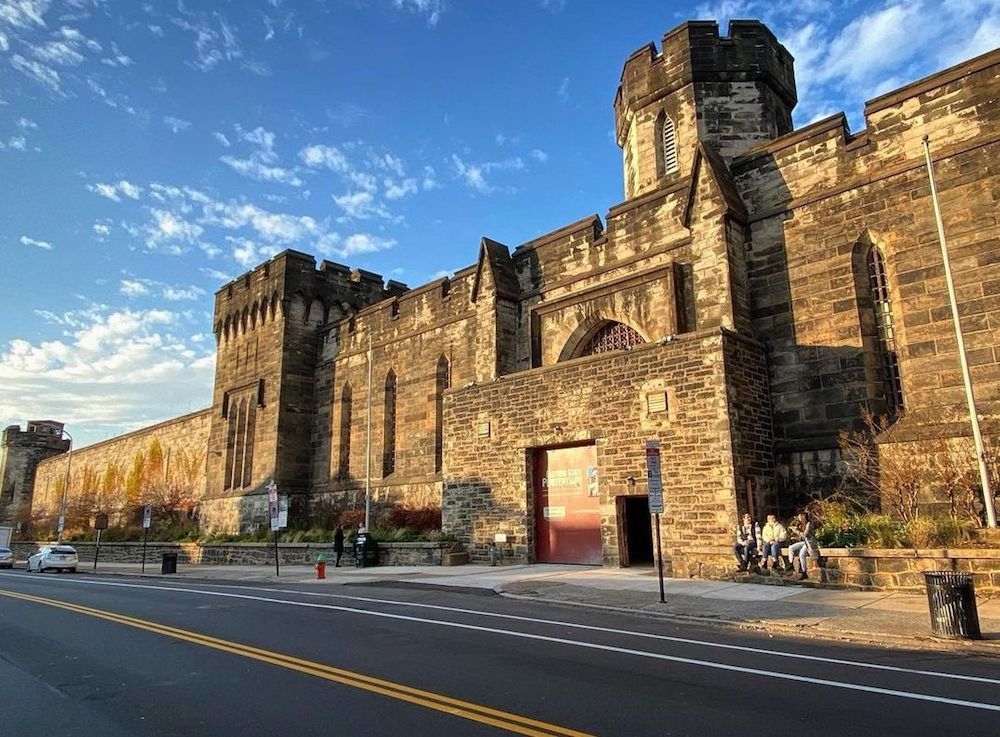
Name and Location: Eastern State Penitentiary
History and Significance: Eastern State Penitentiary, located just outside downtown Philadelphia, was considered one of the earliest modern prisons and then later one of the most expensive failures in the U.S. correctional system. First opened in 1829, its wagon wheel design and imposing Gothic architecture were meant to encourage penitence and self-reflection in inmates held in solitary confinement. After 142 years it closed due to overcrowding and disrepair.
What to Expect: Daytime self-guided tours allow visitors to imagine life imprisoned at Eastern State, including viewing Al Capone’s restored cell. Night tours around Halloween feature theatrical frights and elaborate decorations. Exhibits explore issues within the American prison system. Various events happen year-round.
Visitor Information: Tickets with timed entry are strongly recommended. Photography is allowed for personal use. Leashed pets permitted. Food and drinks are available at on-site cafe. Not suitable for young children due to mature themes.
If exploring one of America’s most haunted abandoned prisons sounds intriguing, Eastern State Penitentiary’s chilled ruins beckon from Fairmount Avenue, now a National Historic Landmark that fascinates locals and tourists. Its vaulted Gothic architecture once specialized in solitary confinement to inspire penitent inmates’ reform, revolutionary at the time but controversial and shut down in 1971. Take the “Terror Behind the Walls” night tour for heart-pounding encounters with unsettled spirits lingering within crumbling cell blocks, or admire sunlight streaming into decayed corridors with tall arched windows during daytime visits. Either way, the ominous yet architecturally impressive Eastern State Penitentiary constitutes must-see Philly.
Philadelphia’s Magic Gardens
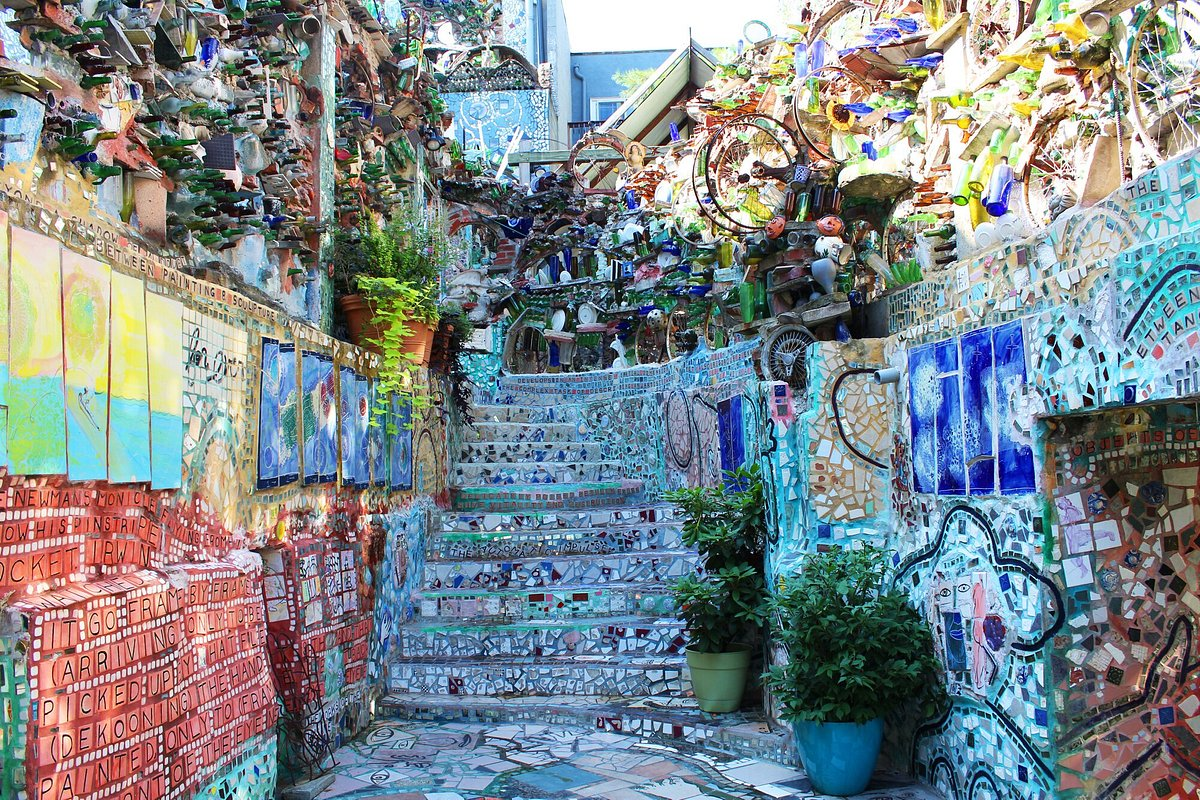
Mosaic art transforms dilapidated buildings into a magical oasis spanning three city lots at the Magic Gardens on South Street. Creator Isaiah Zagar spent 14 years gluing Altoids tins, bike wheels, glass bottles, tiles, and more found “trash” into whimsical shapes, poetic words, bold abstract designs, and stunning mirror installations across every surface. Visitors stroll down narrow paths peering at underwater wonderlands swimming with mythical creatures and glimmering treasures. Around each corner hides another visual delight among thousands of unique pieces reflecting light. Magic Gardens stands not just as art but as inspiration for transforming spaces with beauty and community.
Rittenhouse Square
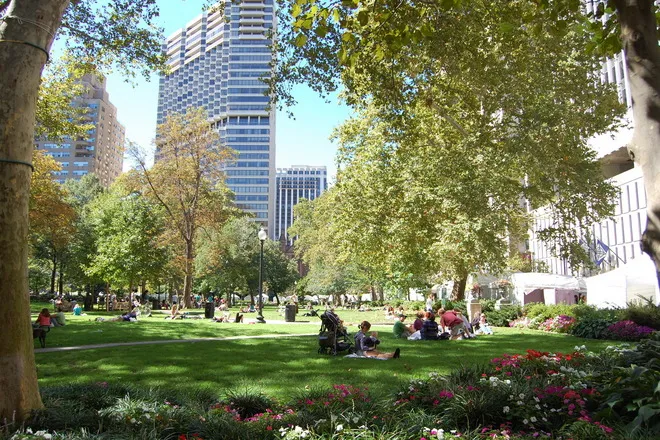
Dating back to 1682 when Philly founder William Penn plotted public parks into his city grid, Rittenhouse Square cheers up downtown among towering skyscrapers. Stroll along the central oval pathway past fragrant roses and massive American beech trees while kids splash in the fountain. Relax on benches watching chess players and families focused intensely on games. Catch up with friends at an outdoor café, hear excellent buskers playing jazz tunes, and observe brides posing for wedding photos by the iconic lion statues. The beautiful Rittenhouse Square thrives with city life.
From touring iconic Independence Hall where America began to mingling with wild creatures at the nation’s first zoo to tasting cheesesteaks inside the historic Reading Terminal Market, Philadelphia shines with one-of-a-kind attractions. Art lovers find magic in Isaiah Zagar’s mosaicked labyrinth, while history buffs wander abandoned Eastern State Penitentiary’s crumbling Gothic halls haunted by tortured souls. These 12 top attractions promise visitors the ultimate Philly experience celebrating heritage, nature, science, food, sports, and culture at its finest.


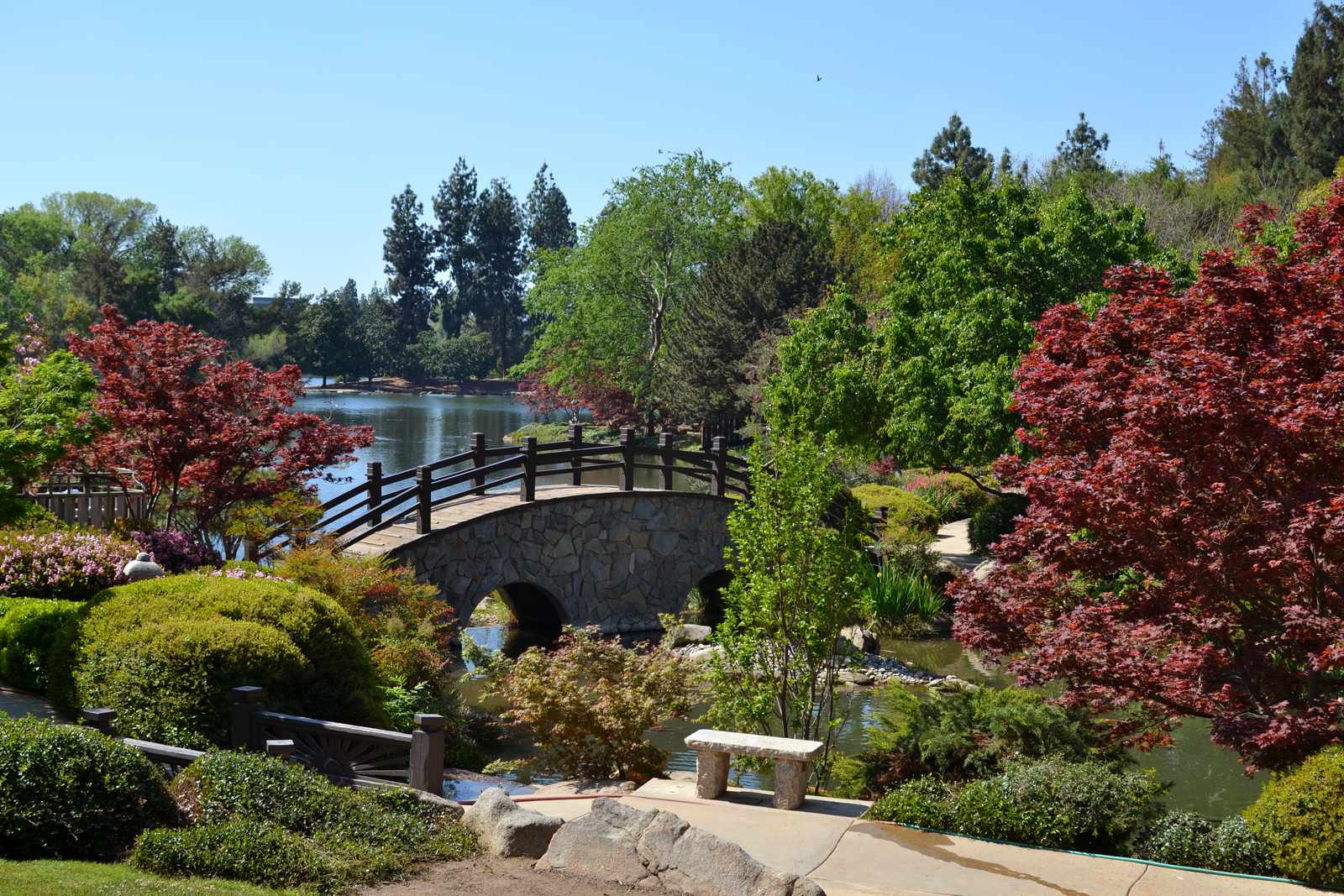
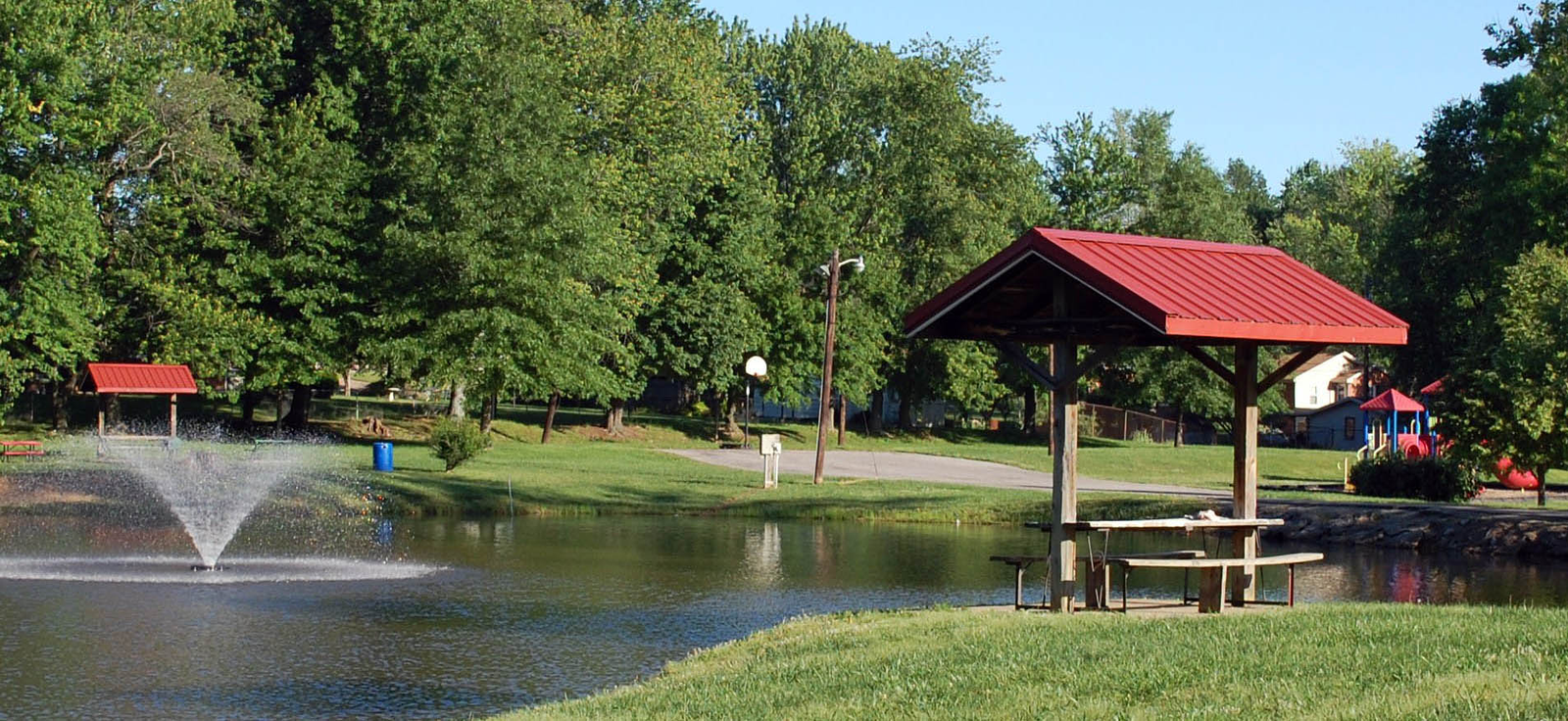
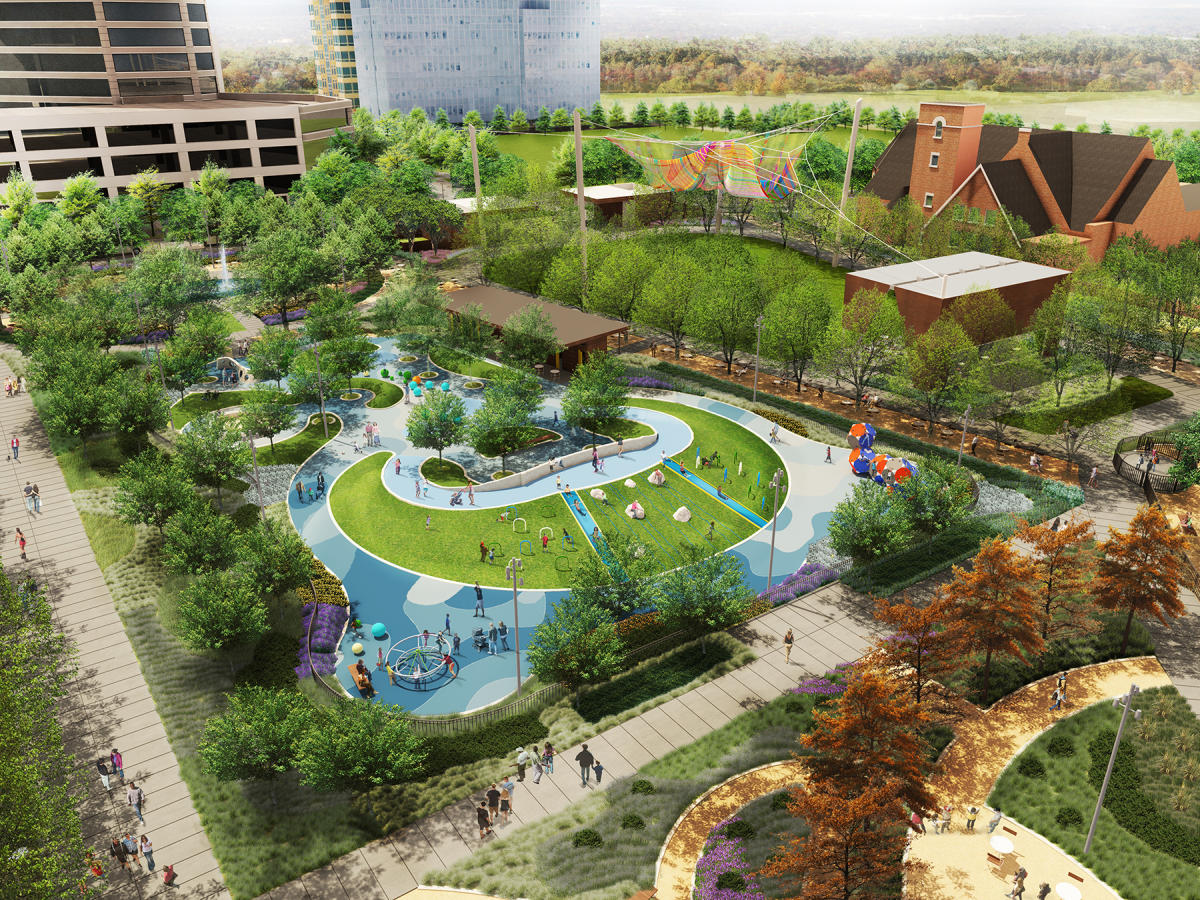
Join the Conversation